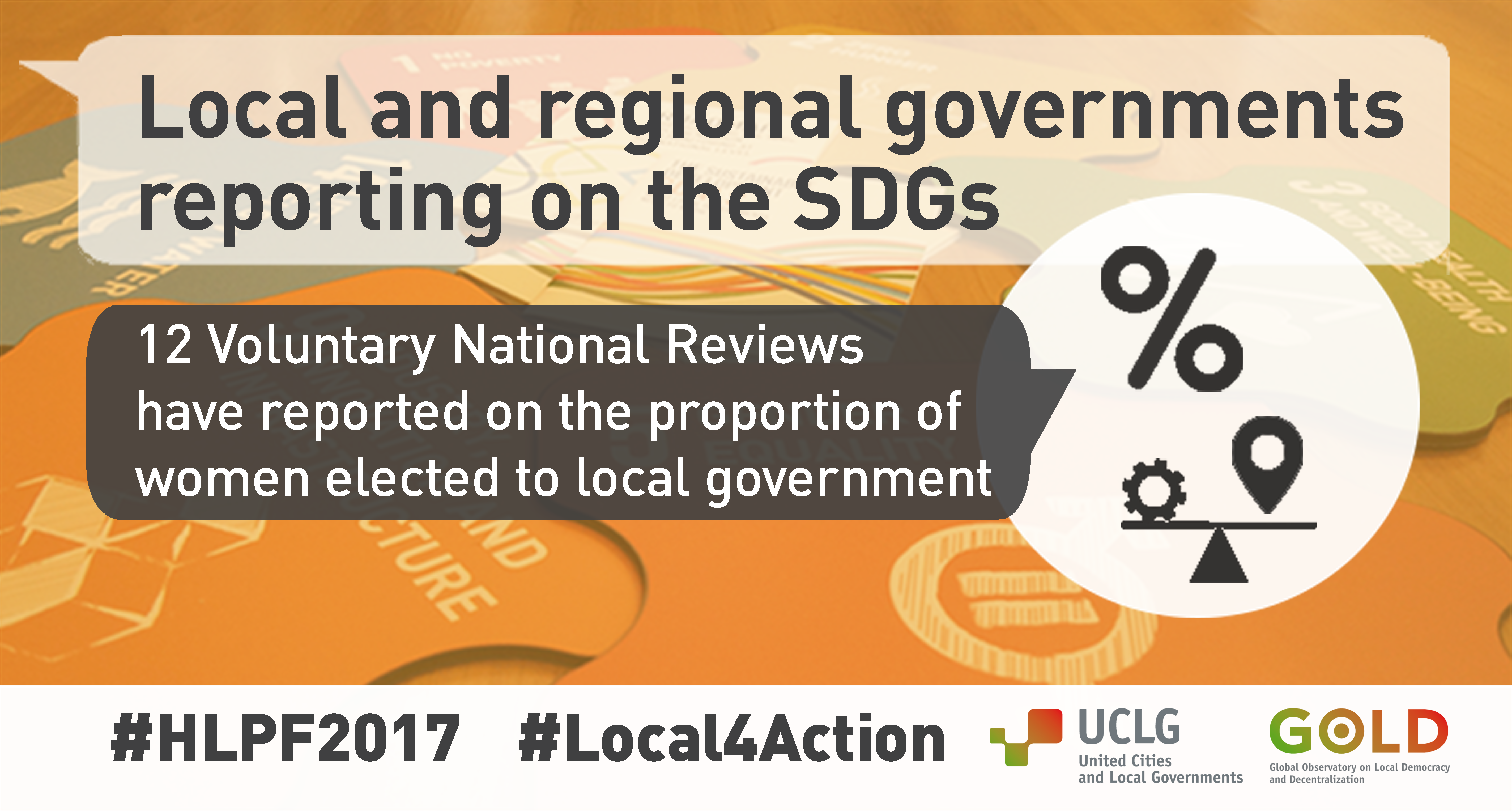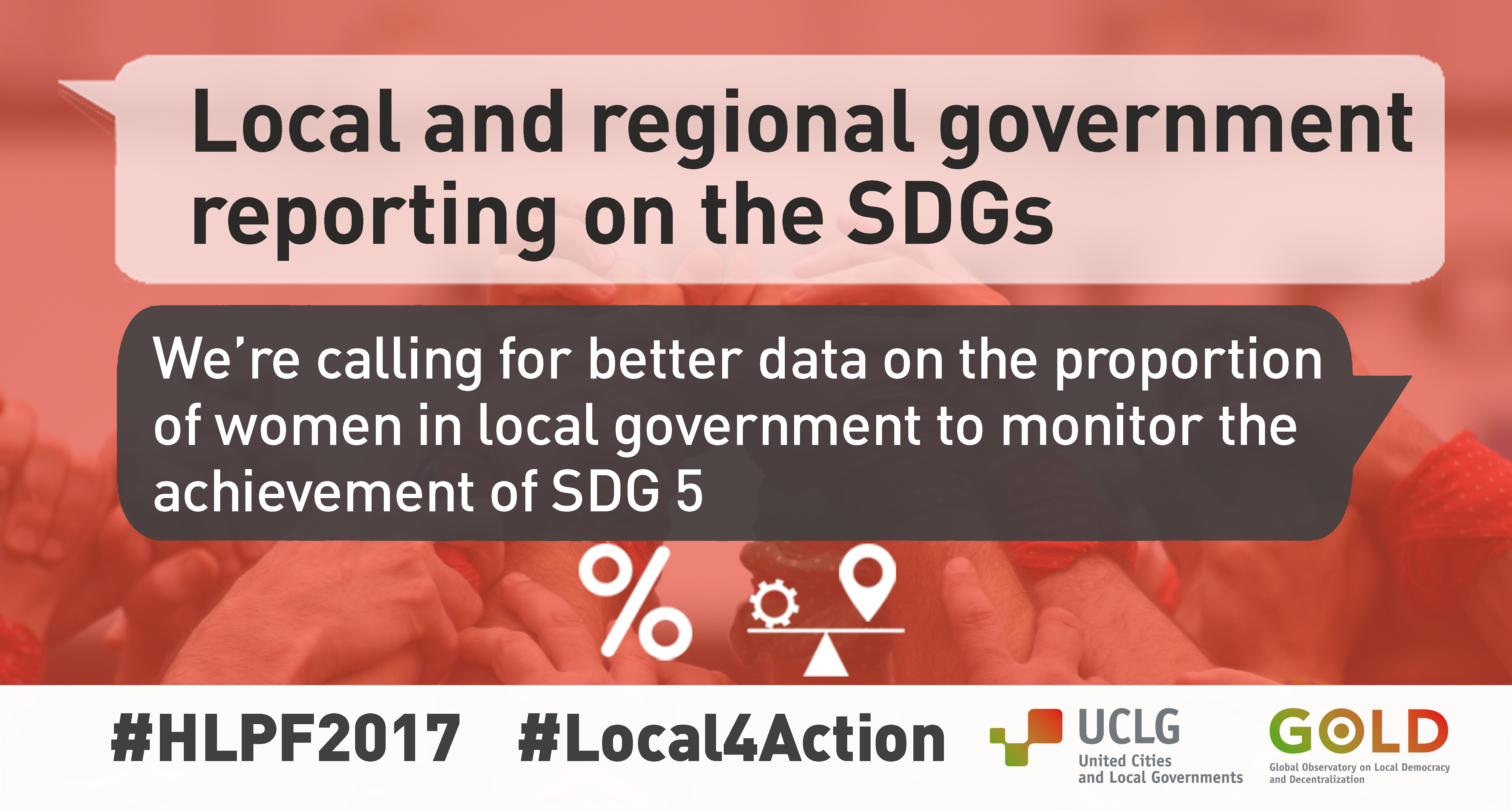Report highlights role of local and regional governments in implementing and monitoring the SDGs
10.07.2017
On 11 July, Mayor of Utrecht and President of VNG, Jan Van Zanen presented a report to the HLPF entitled “National and sub-national governments on the way towards localization”.
The report, a contribution of UCLG to the Global Taskforce, was presented at the High Level Political Forum on Sustainable Development in New York
On 11 July, Mayor of Utrecht and President of VNG, Jan Van Zanen presented a report to the HLPF entitled “National and sub-national governments on the way towards localization”.
The report, a contribution of UCLG to Global Taskforce, provides evidence of the current and potential role of local and regional governments in the implementation and monitoring of the SDGs. It is based on first-hand information collected by UCLG from local government associations in over 30 countries, complemented by an analysis of the 63 official National Voluntary Reviews (NVRs) and ‘Main Messages’ presented by national governments.
The report provides evidence of successful localization practices at national level, and argues that decentralization and financing reforms are necessary in many countries to create an enabling environment for local and regional governments.
The publication shows that, in a majority of the countries that have reported to the HLPF, local and regional governments are in charge of key policy areas relating to the achievement of SDGs 1, 2, 3, 5, 9 and 14 (the Goals assessed in this HLPF cycle).
It showcases how subnational governments are taking action to localize the SDGs by means of multidimensional, territorialized and pro-poor policies. They are fostering strong partnerships with organized communities to ensure secure land tenure, upgrade slums, provide access to basic public services, and create better job opportunities. They are using ‘territorialized alimentary systems’ to improve production, processing, transport and consumption of food (e.g., the 100 Local Initiatives for Responsible and Sustainable Eating, urban agriculture initiative).
 The report emphasizes the role that local government associations are playing in raising awareness of the SDGs among their members, and providing opportunities for peer-learning on the SDGs.
The report emphasizes the role that local government associations are playing in raising awareness of the SDGs among their members, and providing opportunities for peer-learning on the SDGs.
The report provides evidence of successful localization practices at national level, and argues that decentralization and financing reforms are necessary in many countries to create an enabling environment for local and regional governments.
It identifies a number of key lessons learned, including the need for stronger efforts to involve local and regional governments in VNR consultation processes and in new institutional frameworks for SDGs implementation and follow-up, and the fact that ‘bottom up’ implementation processes (such as that used in Colombia) work better than top down approaches.
A seat at the reporting table
The report argues that the lack of space to report from a local perspective at the HLPF risks missing an opportunity to harness the potential of local and regional governments to achieve the SDGs. It points out that local and regional governments have participated in 57% of VNRs in this HLPF cycle, and calls for stronger efforts to involve the constituency in the VNR process and in new institutional frameworks for SDG implementation and follow-up.
For more information:
- Follow us on Twitter with the hashtags: #HLPF2017 – #Local4Action
- Click here to read the statement delivered by Mayor of Utrecht and President of VNG, Jan Van Zanen
- Visit the website of the HLPF
- Visit the website of the Global taskforce and the news related
 Dowload the social media kit
Dowload the social media kit
 |
 |
 |
 |
 |
 |